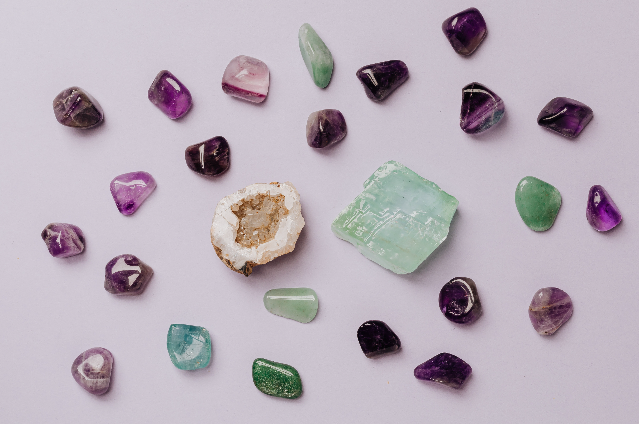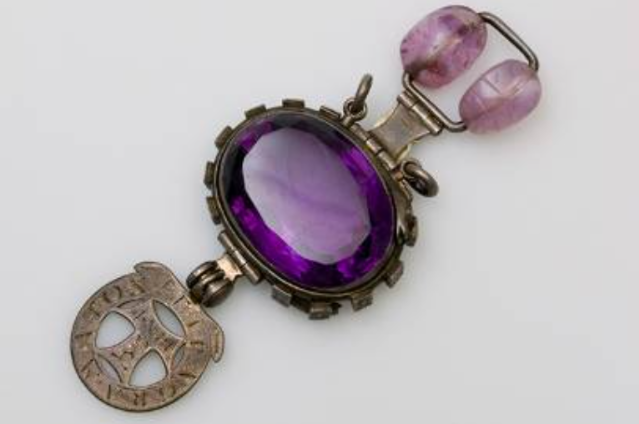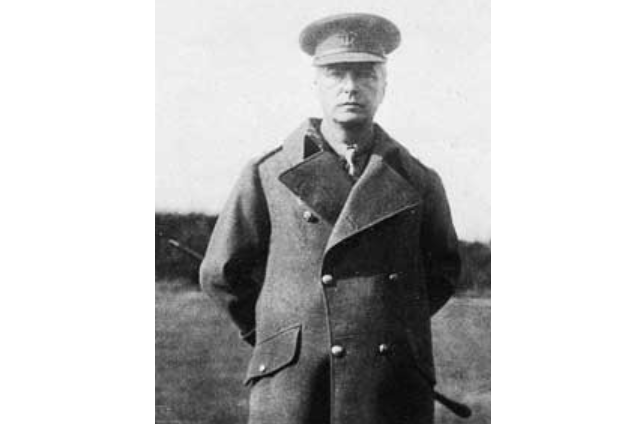
Some stunning gemstones are often linked to excellence, the greater mind, institutions, and they are acknowledged to bring spiritual insights and clarity to its wearer. Gems like sapphire are believed to restrict needless distress and open up the gateways of happiness. But despite all of this, one sapphire gem has a pretty wicked history and is determined to harm than protect its owners. And this gemstone’s name is Delhi Purple Sapphire, and its misfortune and curse have not declined even over the time of the medieval age.
The Delhi Purple Sapphire has been an epicenter of self-destruction, crimes, and many other tragic events. During the Indian Mutiny of 1857, a Bengal Colonel W Ferris stole a purple gemstone from a sacred temple of Lord Indra, which was resided in today’s Kanpur. Indra is the Hindu god of weather, primarily rain, thunder, and combats, who carries a thunderbolt. During the British era, the destruction and looting of religious and worthy artifacts was nothing new. And thus, Colonel Ferris easily moved to England after stealing the sapphire. However, the period from when he acquired the sapphire resembled to match with an unfortunate downturn in his health and financial fortunes. And even when the colonel’s son inherited the stone, he likewise suffered from the same fate, losing both his health and wealth.

Source: www.nhm.ac.uk
The misfortune of Delhi Purple Sapphire was not just restricted to the family of the colonel. A friend of Ferris was likewise described to have committed suicide whilst in ownership of the sapphire. In later years, an intellectual lawyer named Edward Heron-Allen bought this stone. He was educated at Harrow and enjoyed studying science and music. Although as an adult, Edward practiced law, his interests were wide-ranging and his rational sense meant that he excelled in everything he undertook. He became a proficient violin player, an expert in palmistry, paleontology, graphology, and became a writer producing books on a wide scale of subjects from the cultivation of asparagus to archaeology to Buddhism as well. However, when Edward bought the sapphire, nothing seemed right to him as well.
Initially, Edward was suspicious about the legends that surrounded the Purple Delhi Sapphire. He was not someone who bought into superstitions quickly, but he gradually became quite adamant that the sapphire is cursed after confronting certain odd events. He promptly changed his mind as he insisted to have had misfortune from the moment, he became the owner of the Delhi Purple Sapphire. Once again, the bad luck of the stone appeared to extend to family and friends. Edward firmly believed that the sapphire was cursed and stained with the blood and the disgrace of everyone who has ever owned it.

Source: en.wikipedia.org
One of Edward’s friends who asked for the purple sapphire seemed to suffer every type of misfortune and another friend, who was a singer lost her voice and never sung again. Later, Edward placed the purple sapphire in seven boxes and enclosed it with lucky charms. In desperation, he even tried to throw it into a canal only to have it returned to him from a dealer again. When Edward was blessed with a baby daughter in 1904, he worried that the Purple Delhi Sapphire's bad luck would harm her.
Eventually, Edward transferred the sapphire to his banker directing him to lock it away until after his death and never to let his daughter hold it. He additionally wrote along with it, which said, “Whoever shall then open it, shall first read out the warning, and then do as he pleases with the jewel. My advice to him or she is to cast it into the sea”. However, when he died in the year 1943, his daughter donated the sapphire to the Natural History Museum along with a note on the doomed history of the gem and a written warning.
Even after around 50 years, the faith of the family in the curse of the sapphire remained undiminished. Edward's grandson, Ivor Jones, a 77-year-old naval officer denied holding the sapphire saying that his mother surely would not touch it and she recommended that we did not either because of the curse. In 1974, a curator at the Natural History Museum attempted looking in the metal cabinets along with the warning note. And certainly, the warning went unnoticed as most curators are opposed to disposing of any objects in their collection for more practical reasons. However, maybe the advice should have been listened to, as the stone continued to cause trouble.

Source: commons.wikimedia.org
In the year 2000, the former head of the Natural History Museum’s Micropalaeontology team, John Whittaker, took the sapphire to the first annual conference. However, the Purple Delhi Sapphire still managed to bring its misfortune when John Whittaker found himself in the middle of a terrifying thunderstorm while traveling with it. He alleged that the whole sky turned black and was passed by the most horrific thunderstorm he has ever experienced in his life. At the second conference, John became sick with stomach pain, and the third time unfortunately he ended up passing a kidney stone.
After the terrible and strange events which happened around the Purple Delhi Sapphire, the gemstone is now a part of the Natural History Museum, without anyone's ownership. One of the difficult things to understand is why in the case of Delhi Purple Sapphire did no one think to follow the advice given with the stone. And probably the question is that is there any element of genuine authenticity in such beliefs? Does that gemstone possess any magical qualities? And if they do, we still don't know what the gemstone can bring to us in the future.
_________________________________________________
Reference:
- www.nhm.ac.uk
- www.gemselect.com
- www.wikipedia.org
